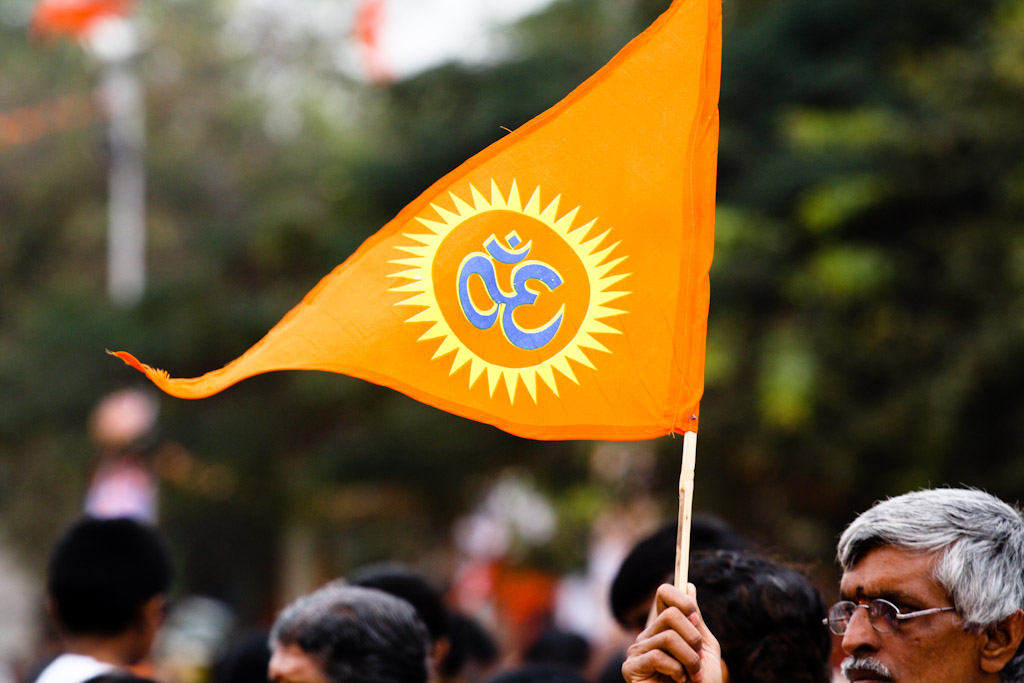
Hindu nationalism: A roundup of reporting and resources
This edition of ReligionLink provides background on what Hindu nationalism is, stories that show how it is influencing politics across the globe and experts to help you better understand its heady mix of ideological politics and national identity.
